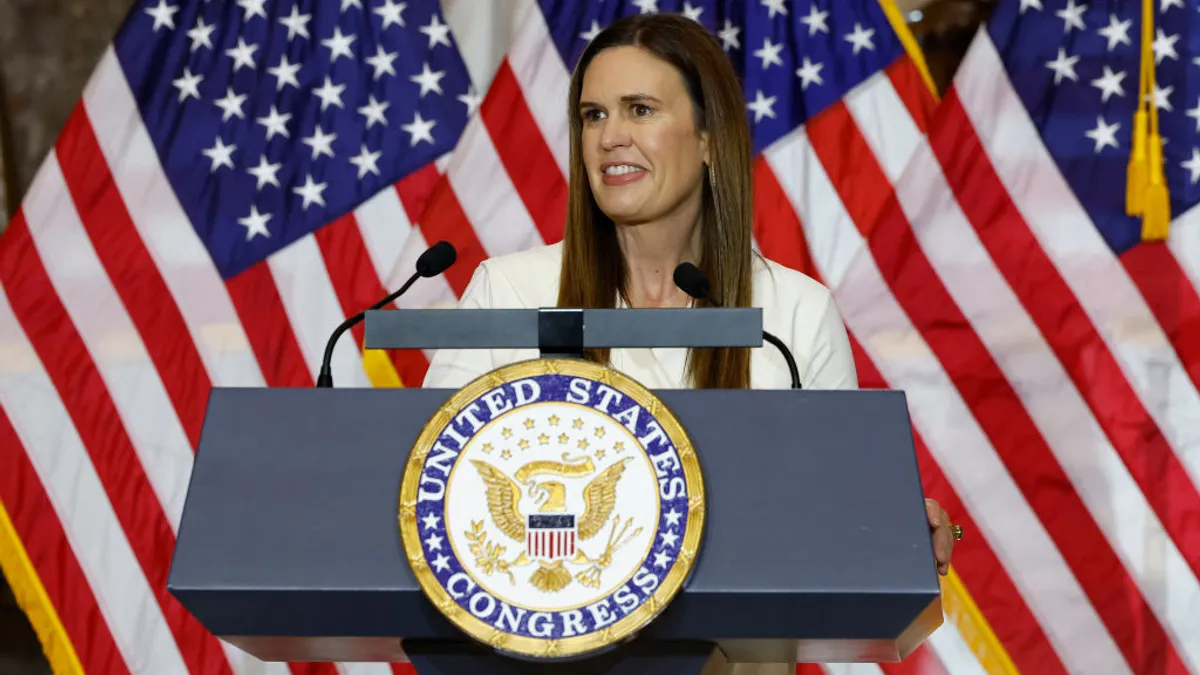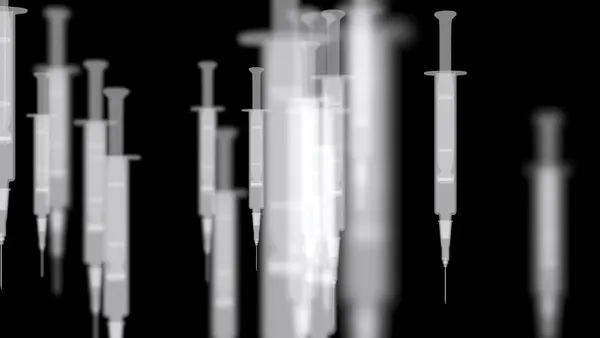The hottest concept in pharmaceutical marketing and PR today — for that matter the hottest concept in all marketing today — is so old that it didn’t seem at all out of place when it turned up in a lyric in the biblical rock opera, Jesus Christ Superstar: “What’s the Buzz, tell us what’s a happening. What’s the Buzz …?” What’s the buzz? Buzz is the buzz. There are books about buzz, magazine articles about buzz. All of which probably means that there is someone, somewhere, working very hard to create Buzz buzz. IN SOME WAYS THIS IS ALL PRETTY AMUSING — when one considers that at its essence, Buzz is most easily explained with a single simple example of it in its purest form: Take the person in your neighborhood supermarket passing out samples of some new goodie being featured at the deli counter. They are creating buzz about that product. The idea is that the harried shopper who absentminded ly accepts the sample — and likes it — will tell his friends and neigh bors about the great food he tried. And the friends and neighbors will then buy the item the next time they’re in the market, and then they will tell their friends and neighbors about it. And before you know it, that new item is the bestselling item in the supermarket’s deli — and all the market manager will have invested is the cost of paying one per son minimum wage to hand out those samples. According to statistics, buzz plays a part in driving about 67% of the U.S. economy. Buzz is the primary driver for about 13% of the economy — including the toy, movie, and fashion industries, while another 54% — including pharma, investment products, electronics, healthcare, and automotives —are at least partially buzz driven. What, for example, contributed to turning Viagra into a success beyond a marketer’s wildest dreams? Bob Dole? Sure, he was extremely important, as were the countless people involved in the research and development of this blockbuster medication. But even more important than Bob Dole’s pitch was the buzz about Bob Dole’s pitch about Viagra. When it came right down to it, Bob Dole didn’t sell Viagra, the guy down the street sold it when he told any male friend who would listen about how “that new drug” is a miracle worker. And one of the reasons that the guy down the street felt comfortable admitting to friends that he needed Viagra was Pfizer’s sensitive and responsible approach to communicating a new vocabulary around Viagra that created buzz. The buzz spread through the media, virtually eliminating the taboo word “impotence,” and replacing it with erectile dysfunction. Buzz then, whether used to sell a new cheese at the deli counter, or the first effective oral treatment for erectile dysfunction, is either the simple, or extremely sophisticated, marketing of a message or product, by word ofmouth. And whether simple or complex, buzz is very effective. After all, buzz is what has turned the Chrysler PT, a little minivan with a BonnieandClydelike retro exterior, into one of the hottest cars on the road, and into Chrysler’s most profitable car. Ironically, for all the stories describing buzz as a new marketing tool, whether spontaneous or carefully created, buzz has always played a role in pharmaceutical marketing. Talk among physicians at medical meet ings, press coverage of FDA drug approvals, “casual” remarks by the detail men and women as they visit with physicians — all are forms of buzz. Even patienttopatient buzz has played a role in some product areas — think of what happens when one formerly acneplagued teen tells a currently acne covered friend what created his new complexion? When Kelsey Grammer and his wife speak out about irritable bowel syndrome, or when Joe Torre and his wife do interviews about Torre’s prostate cancer, they have real impact. In both cases, formerly unmen tionable diseases were not only made mentionable, they have garnered enormous media attention, and that has brought attention for treat ments for those conditions — which is why public relations campaigns were built around those celebrities in the first place. This is buzz. While buzz can be extremely effective, it also can be a loose cannon: traditional ads are carefully controlled — traditional buzz has not been nearly as wellcontrolled. While buzz should always appear to be spon taneous, it should, in fact, be scientifically crafted and controlled as tightly as advertising in The New England Journal of Medicine. As we have found out, not all products are “buzzable” and some diseases lend themselves more to buzz than others. IDENTIFYING “BUZZ DRIVERS.” Buzz drivers determine what is hot, and, in the end, create a word of mouth campaign for a product. They are those individuals, both nationally and in target groups, to whom people listen; they may be physician opinion leaders in a given specialty; they may be sports, entertainment, or political fig ures; or they may be PTA presidents and Little League coaches. The next step is identifying “buzz factors,” which are those things that will make a message credible, and which are defined by the buzz drivers. Then comes measuring the baseline of a buzz campaign, or set ting the “buzz quotient” against which the effectiveness of the cam paign, or “buzz performance,” will be measured. And measuring buzz performance means determining the saturation of the message — what physicians and patients are saying, the stories they are telling, and where and how they are telling those stories — as well as measuring how long it takes the message to reach its audiences, the outlets through which it is spread, and how sustainable the message is. So what’s the bottom line on buzz? To paraphrase Andrew Lloyd Webber’s lyrics: “Shape the buzz, tell them what’s happening. Control the buzz …” and reap the benefits. Robert Chandler and Gianfranco Chicco are the founders and principals of Chandler Chicco Agency, New York, which is an independent healthcare public relations agency. F PharmaVoice welcomes comments about this article. Email us at feed [email protected]. Contributed by Robert Chandler and Gianfranco Chicco A PHARMA BUZZ T ROBERT CHANDLER AND GIANFRANCO CHICCO CREATING
An article from


PharmaOutlet
Filed Under:
Leadership






